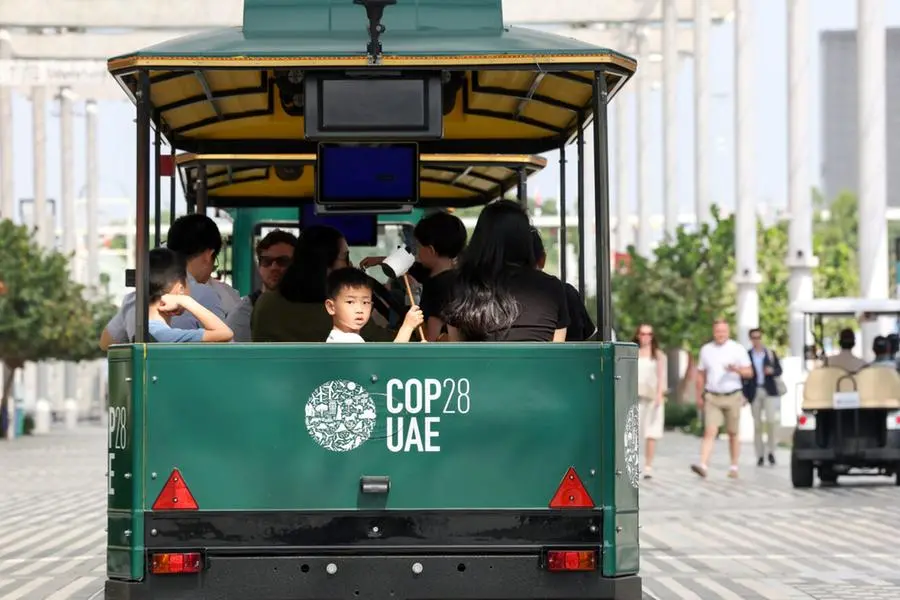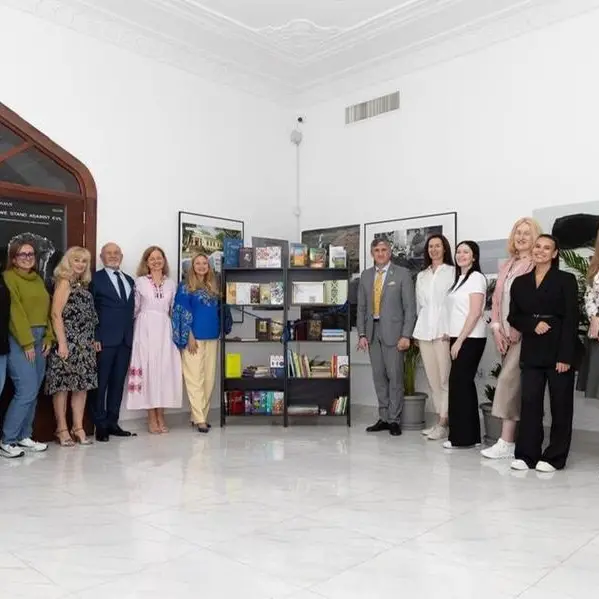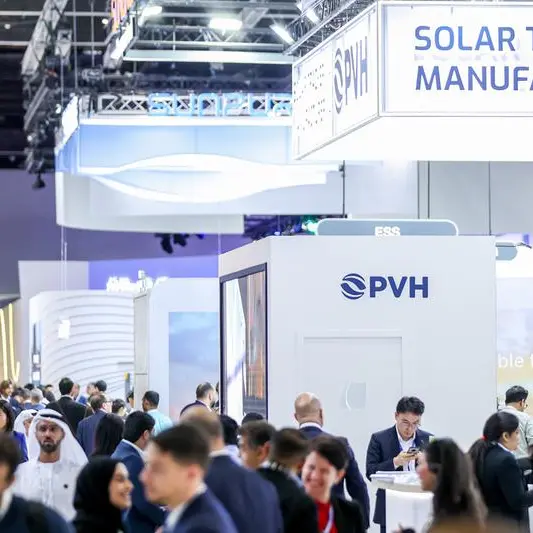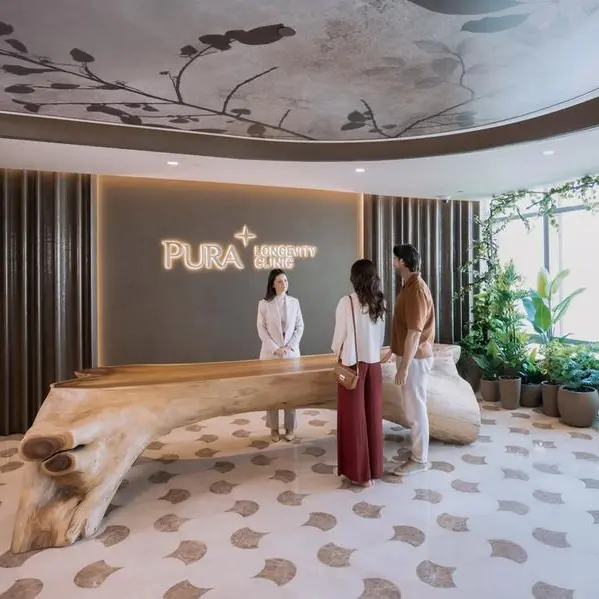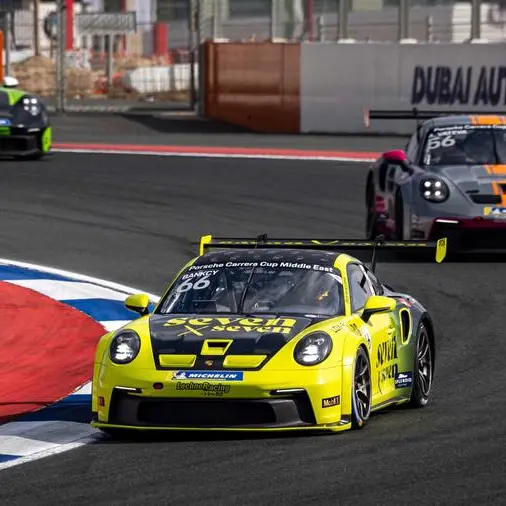PHOTO
DUBAI – Showcasing Expo City Dubai to the world as a blueprint for how we can all live more sustainably and providing a range of opportunities for people of all ages to get hands-on with the environment, the Green Zone at the 28th United Nations Climate Change Conference (COP28) solidified the host’s reputation as a world-class venue for globally significant events.
Providing a platform for engaging youth, individuals, corporates, cities and governments, sharing knowledge and taking action to safeguard the future of our planet, the open-to-the-public and free-to-enter Green Zone – which for the first time in COP history was located directly adjacent to the Blue Zone welcomed every individual interested in taking a more active role in climate action.
The Green Zone’s diverse, engaging programme with a mission to translate insights and ideas into meaningful impact saw visitors flock to its many exhibits, fireside talks, workshops, metaverse experiences, family-friendly shows and sustainable cooking classes, with a festival-like atmosphere throughout the two-week event an affirmation of accelerated global engagement in the climate crisis.
Marjan Faraidooni, Chief of Education and Culture, Expo City Dubai said: “Cooperation, collaboration and inclusivity were core principles of our World Expo and are crucial to its legacy city, Expo City Dubai, where we believe that working together at all levels of society is fundamental to getting humanity back on track. Not only did COP28 succeed in convening more than 160 world leaders, the Green Zone also brought together a large, diverse community of passionate, like-minded people who will play a crucial role in driving climate action in the future.
“While COP28 may have concluded, Expo City Dubai will continue to drive awareness and engagement, encouraging the public to apply meaningful, climate-oriented solutions to everyday choices.”
Inviting visitors of all ages to play their part in shaping the future of people and the planet, the Green Zone featured Expo City Dubai’s iconic Terra – The Sustainability Pavilion, with a varied programme of art exhibitions, panel discussions and edutainment, while more than 50,000 school students visited Expo City Dubai pavilions as part of the ongoing Expo School Programme, designed to inspire the next generation of innovators and change makers. University students were also invited to showcase their innovative climate-focused solutions as part of the Expo Live University Innovation Programme, with 17 projects ultimately named as recipients of funding and mentorship.
The Expo City Dubai Pavilion staged 100-plus events and initiatives, welcoming more than 4,500 participants and catalysing awareness and action as it connected people and ideas through programmes across themes ranging from urban resilience to women’s empowerment, youth leadership, storytelling for the planet, and private sector participation. Visitors were also encouraged to take the Pledge for People and Planet by promising to incorporate simple, science-based actions into their daily lives. The Women’s Pavilion, meanwhile, highlighted the role women play in addressing global sustainability through Resonating Tides, an ongoing exhibit which features 11 female artists placing the climate at the heart of their art.
With 60-plus talks, workshops and knowledge-sharing sessions, and more than 25 cooking classes using locally grown ingredients, the Expo City Farm – launched at COP28 and remaining as a permanent initiative – proved hugely popular, attracting more than 30,000 visitors, immersing them into the world of regenerative agriculture and circular economy principles.
Expo City Dubai is home to different types of environmentally friendly infrastructure, with 123 LEED-certified buildings, including seven LEED-Platinum buildings – representing the highest achievement in green building design. Planned according to 15-minute planning principles, the city seamlessly integrates sustainability practices throughout. With car-free districts, all hubs, pavilions, conference rooms and exhibits across COP28’s Blue and Green Zones were easily accessible on foot via shaded walkways, or via low-environmental-impact mobility solutions, such as bikes, buggies, low-emission locomotives and e-scooters.
With the shift to clean energy gathering speed, visitors also enjoyed the cycling paths, a running track and parks and gardens. Other notable features across the city include smart technology to monitor the consumption of power, water and waste.
